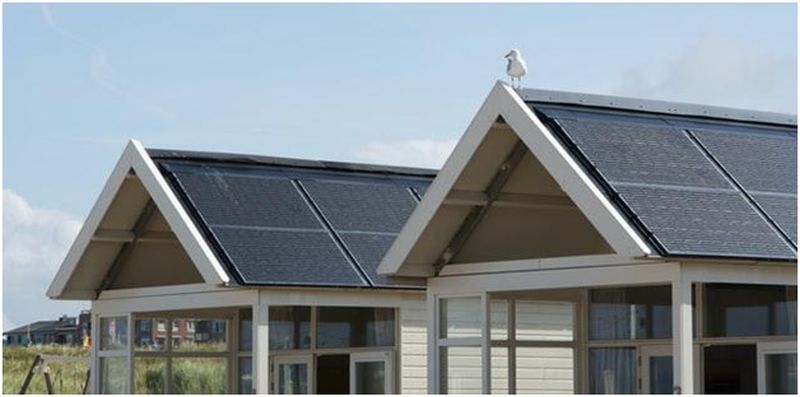The demand for renewable energy resources is increasing each day in an effort to counteract adverse effects on the environment, second to pollution. There are a vast array of options for renewable energy.
Among those is solar power with photovoltaic cells; check out https://www.energieversum.de/for details. Solar energy has the capacity for year-round usage, but there is much skepticism facing the industry due to common misconceptions contradicting facts relating to the systems.
While some might hesitate to convert their energy, confused by conflicting information, an overwhelming number of people are having “residential solar installations” as the market continues to grow despite these myths. Let’s look at some of these and provide simple facts to eliminate confusion.
Solar Photovoltaic Panels: What’s Fact and What’s Myth

As with any industry, solar PV panels are surrounded by misinformation that can, unfortunately, cause some potential clients from trying the alternative energy resource due to confusion over what’s fact and what might be untrue.
This specific renewable energy has been around for a few decades. Still, it is overwhelmingly becoming popular due to an increasing concern over the environment, and the toll pollution could be having on it.
The growth could be substantially more if the myths were answered to remove some of that concern from those confused by the conflicting feedback. Check out some of the facts that dispel the rumors, and then look here at the pros and cons of solar energy.
1. The panels are not as efficient in cold climates
The indication is that solar panels are most effective in sunny and cold conditions instead of hot. The cold temperatures allow the conductivity to improve, allowing a much more efficient flow of electricity.
In elevated temperatures, efficiency actually decreases since the panels cannot generate as much power when they become hot, even if the amount of light sent to the system is equivalent in these temperatures.
2. The renewable resource will become more efficient over time
Companies continue to strive to improve the overall efficiency of their products, but the current technology is well-established. This same technology, in basic terms, has been effective since roughly the 1960s.
The potential for significant gains is minimal for future solar PV panels as what is available on the market already. The energy savings on utility bills can’t likely be improved except minutely from what the current status is with panels as they are today. Find out if solar energy can power everyday objects.
3. A homeowner won’t be in their house long enough to see a return on the investment
Variables will play into that based on the sort of system and where you’re located. A system can potentially pay for itself in a timespan of up to roughly 15 years. When you consider federal and state tax credits along with other incentives, you could see a return much sooner than you anticipate.
Not only that, the renewable resource has a positive effect on the resale value of a property at roughly $20,000 (suggested). If you don’t remain in your house for the entire time frame to generate a “payback,” you’ll get a return with the resale. Plus, you could see a faster resale due to having these included with the property.
● There is a “tracking system” required for following the sun’s angle
Upon installation, the solar PV system is positioned for the maximum exposure to the rays making it unnecessary to obtain any sort of tracking system to supplement the system.
With some of the more modern solar units, tracking systems are integrated as a way to maneuver the positioning as the day progresses. Still, the recommendation is that the limited gains are not necessarily worth the higher price points that come with these panels.
4. The system is unable to generate power in cloudy conditions or inclement weather
While clouds and inclement weather can decrease energy production with solar PV systems, the suggestion is that these panels still have the capacity to function efficiently.
Those who take advantage of investing in the option in snowy regions find that the installers will place the PV paneling at an angle in order to allow snow to slide from the surfaces instead of building up.
Rain is actually a welcome source for clearing dust and debris, allowing greater generation.
5. The paneling is aesthetically unappealing
As a rule, attractiveness is a subjective response in a residential community. The popularity is such that these are becoming more visible in many neighborhoods, making them a common sight.
There are also ways for installers to situate the system in an effort to reduce the impact. These can sit on the ground if that’s a more beneficial placement. A suggestion is solar shingles that can blend with a home’s roof for greater curb appeal.
Final Thought
For anyone who might be interested in the renewable resource, it’s vital to avoid the misconceptions by performing your own research into the benefits and costs of the energy.
Plus, reach out to an expert who can provide facts about the systems and how they work, along with dispelling any rumors or myths that might hinder you from converting to the alternative energy.
Article Submitted By Community Writer


